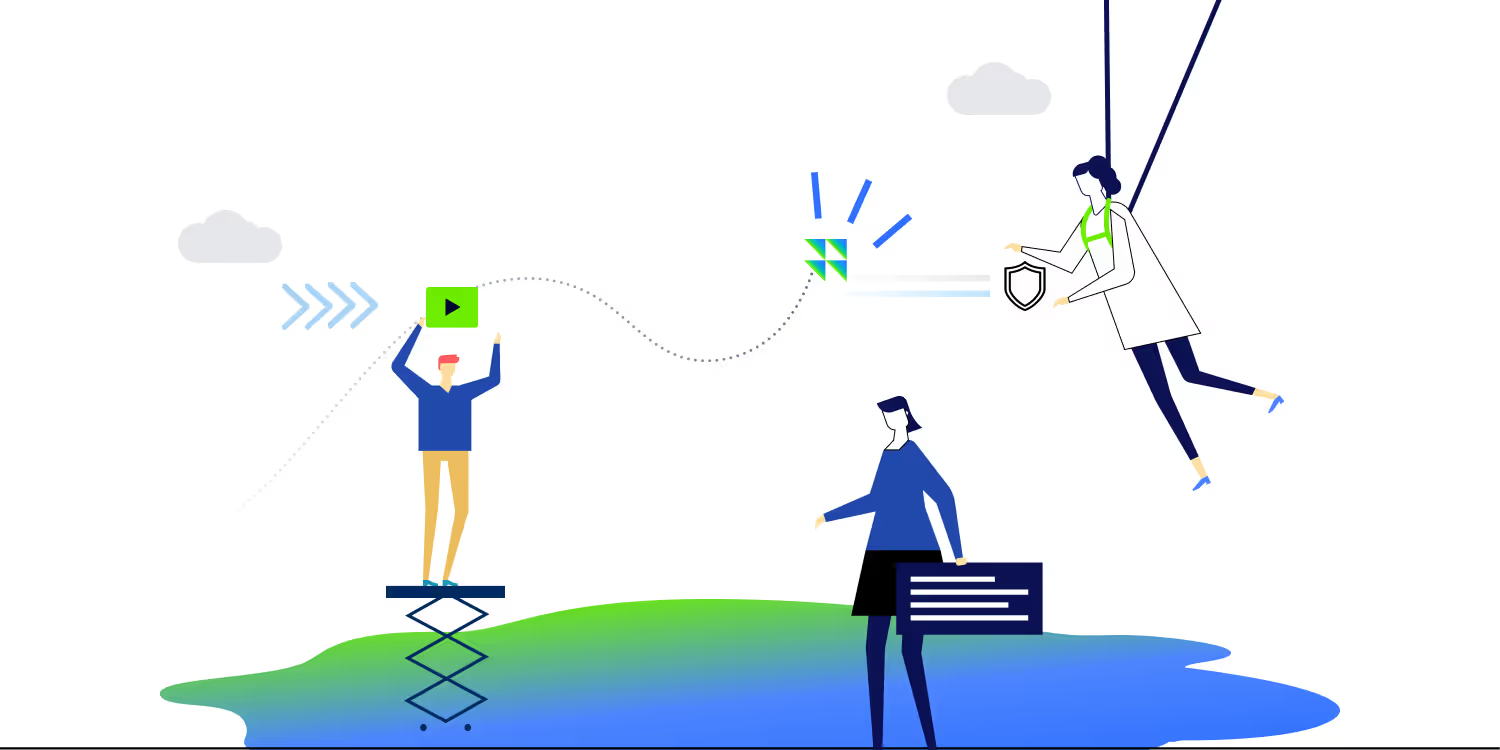How to Drop Leads That Don’t Fit Your Ideal Persona

Not every lead will be the perfect fit for your managed service business, and that is okay!
Such leads are typically a misalignment around business goals and customer expectations and they eat away your business' time as you try to keep them happy.
Identify and decide what makes a lead bad
Identifying leads is not as hard as you think. Determine potential customers based on criteria, including company size, geography, and industry, at the beginning stages of your sales process.
You'll be looking for qualities that match your ICP (Ideal Customer Profile) or segment those that don't fit your ICP criteria. To identify your ICP, look at your most successful customers and contrast them with the lost ones to develop an ideal profile. Some signs to look out for:
They're not the Decision-Maker
Your ideal customer profile would be the decision-maker with a can-do attitude, positive and passionate about their own business.
Non-decision-makers might love your sales pitches and encourage you to sell more, but they cannot help you go beyond the first step.
If your lead can't schedule time with their boss, it's time to move on.
They Don't Have Budget
Your ideal customer is in charge of the IT budget. Therefore, they are inclined towards your initial budget and meet your minimum spend commitment.
If they state budget constraints, don't completely drop them out. But limit the number of hours you spend on them. Make them your low priority for now. Follow-up at a later stage.
They're Not a Fit for the Product
Your Ideal Buyer Persona views IT strategically. They understand the importance of IT in their business and consider technology spend as an investment rather than an expense.
If this is not the case for either of your products or services, consider dropping such leads. Instead, find a way to segment these leads in the first pitch/call itself.
They're Simply Not Interested (Right Now)
These are the prospects that are not interested in purchasing now.
A quick way to identify them:
a) They did not pick up your calls or reply to a message
b) They have been stuck in a sales pipeline stage for longer than expected.
When you encounter such leads, move them to the backlog, but check in occasionally. Once a month is a good idea, but it can vary depending on the length of your sales cycle.
Develop Lead Qualification Criteria
Qualifying leads is perhaps the most crucial step of your sales pipeline. Outline a lead qualification criteria and analyze leads based on their requirements and your offerings.
To weed out the not-so-ideal leads:
- Come up with rules for flagging them.
- Prescribe an action for each rule.
- Send parting emails to the clients who have not shown much interest.
- Rather than holding the loose ends, try to break up. It's a good idea to send a polite, simple 'break-up' email to clarify that the partnership is not moving forward.
Growth requires methodical, repeatable operations. While segmenting leads may seem overly discerning initially, it will be efficient in the long run to build a consistent sales process.
Suggested Blogs

What’s new in Zomentum - December 2019
.avif)
Zomentum Announces the Top Influential Partners of 2023: Leading the Way in Growth and Innovation

